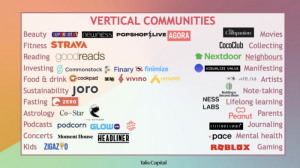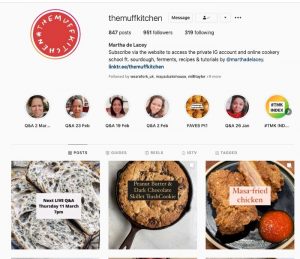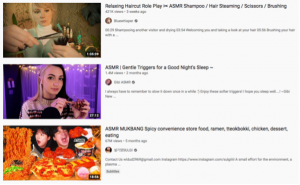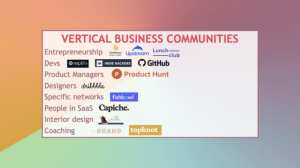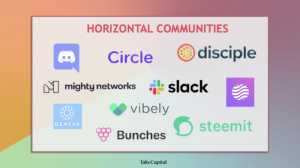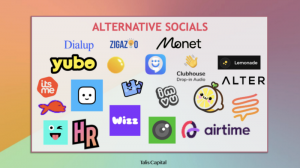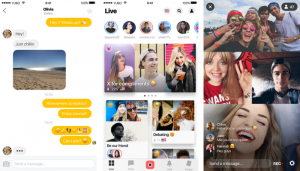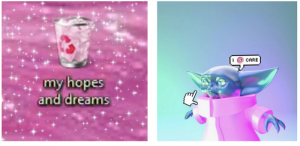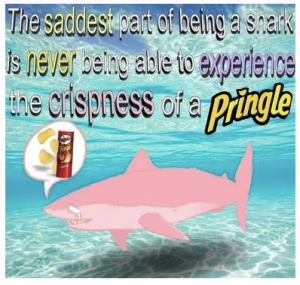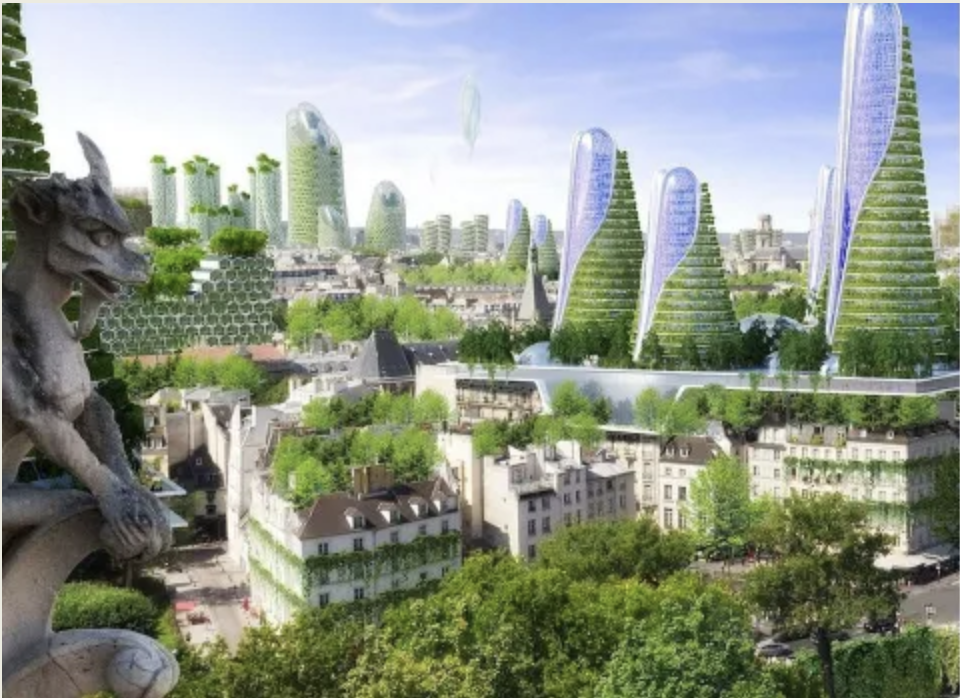2020 was the year where online communities finally gained as much significance in our lives as offline communities. As people all around the world spent the months of the COVID-19 pandemic confined to the four walls of their apartments, moving constantly between platforms like Discord, Twitch, Slack, and Strava, and games like Animal Crossing and Roblox, virtual communities provided a valuable opportunity for social interaction.
Virtual communities aren’t new. The early adopters of my generation (young millennials) got to know them in our early teenage years through Netlog, AIM, Bebo, and MySpace, and older generations later cottoned on to the likes of Facebook, Twitter, and Instagram. Virtual communities have been a part of my life since I was a teenager, but they’ve undeniably come to play a much more significant role in our lives. I see two main drivers for this:
1. The oldest Gen Zers are now young adults. Gen Z is the first digitally-native generation and they came to use social media much earlier in their lives compared to their predecessors. They were, essentially, fully internet-proficient as children. They’re the right generation to pioneer the new growth in virtual communities as they’re the first generation to intuitively blur the lines between online and offline.
2. The COVID-19 pandemic. During the pandemic, virtual communities and spaces offered people the opportunity to connect with something bigger than themselves, and to find aspects of their most niche interests through technology. Virtual communities have helped to meet people’s social needs, forming a critical component of their social lives where they can be their most genuine selves, and they’ve democratized access to opportunities historically reserved to top tier cities dweller: for example, tech companies are now much more comfortable hiring talent from all over the world as a result of the shift to remote working. COVID has ultimately changed the constraints of the physical world and physical places.
Thanks to these two shifts, we are seeing every virtual platform becoming a social community. The trend of our social lives going from IRL to URL has definitively accelerated in recent years and has allowed people to find solace with like-minded individuals. It’s inevitable that elements of this shift to virtual social lives will be permanent. So, in this article, I’ll be exploring the different places where people socialize online, looking at vertical and horizontal communities, as well as the new social networks.
